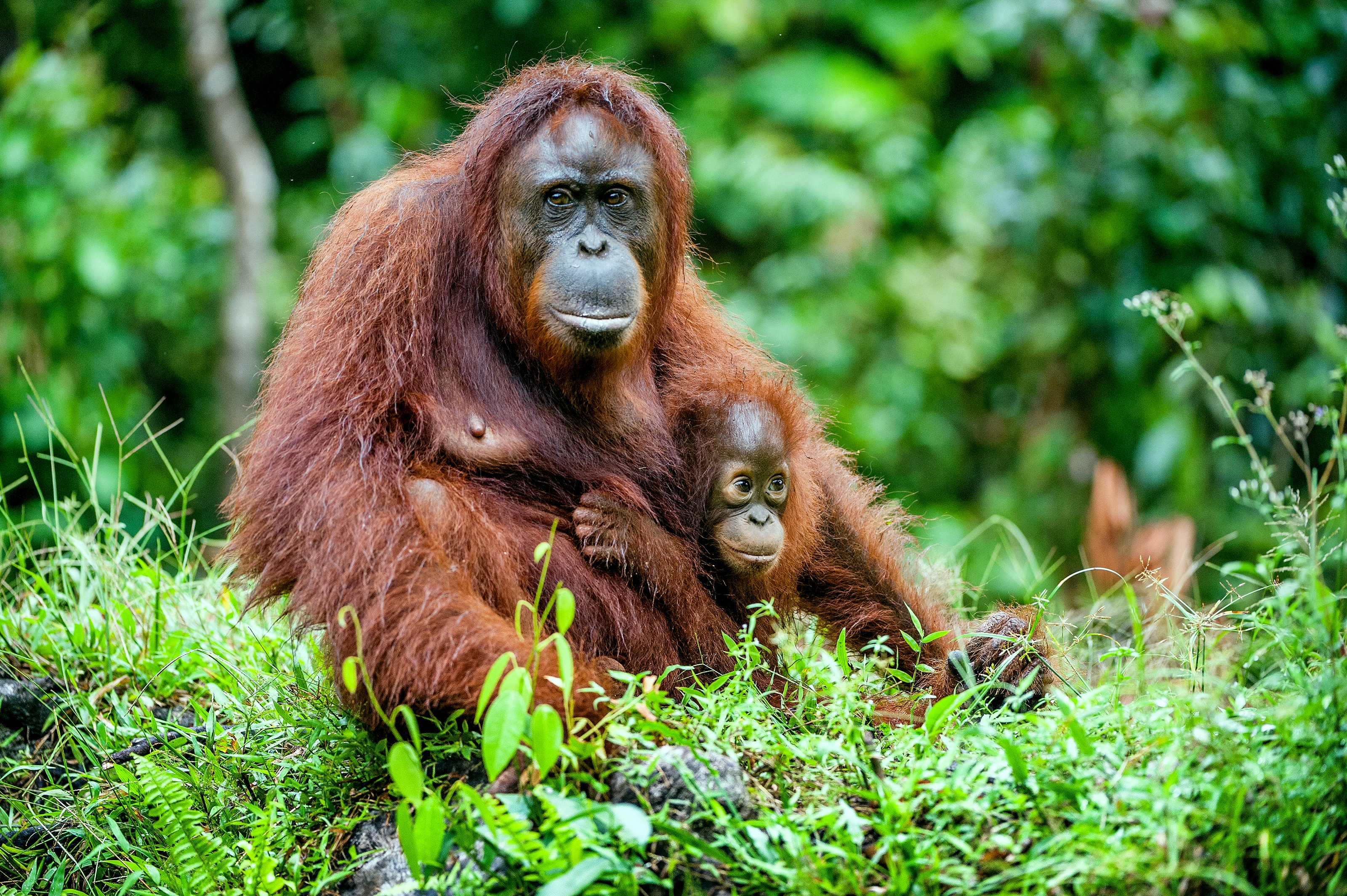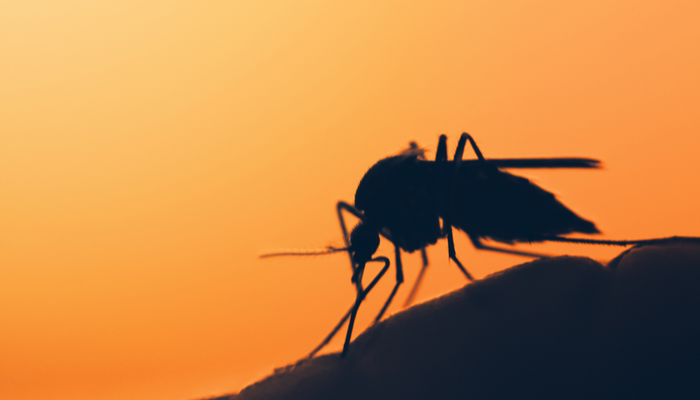Your monthly science digest has finally arrived! Because we like to live, breathe, and talk science every day, we make sure we keep ourselves abreast of the very latest stories, and want to guarantee you are up to date too! So without further ado, here are our picks for the top science stories from August!
Mitochondria: the gift that keeps on giving
When times are hard, send in the Mitochondria. At least that’s the mantra of the trusty astrocyte, who are always keeping an eye out for their cranial comrades. It turns out that when brain cells are starved of oxygen (the unfortunate circumstances that often leads to a stroke) these star-shaped little heroes are able to pass their mitochondria onto them, via a mechanism that is currently still unknown. What’s more, these mitochondrial supply drops seem to be more than useful; experiments showed that mice were able to perform tasks better when there were more astrocytes in damaged areas of their brains. Researchers think this is due to astrocytes offering up their precious power houses in an effort to prolong the life of more important cells. How cellfless of them!
Things are not better down where it’s wetter (under the sea)
Hold on to your gills, because even your parasites have parasites (if you’re a fish, that is). Seeing as though we currently know less about some of our ocean floors than we do the surface of the moon, scientists have started to hold their breath and check out just what’s going on down there. They recently discovered that a whopping one third of fish species spotted on the sea floor had some form of parasite – one even having parasites on its parasites! Footage taken by the team showed a small fish going about his daily business as the unwitting host to a stowaway copepod (a common form of crustacean). But the frightening tale doesn’t end there, as the video also shows no fewer than eight leeches attached to the copepod in turn! What goes around comes around.
OranguTango on ice?
How do you like your cocktails? Shaken not stirred? Just mind out for twigs and leaves… A captive orangutan called Naong was provided with his very own cocktail bar by a team of researchers, who subsequently discovered that our furry cousins have predictive mental processing thought originally to be unique to humans. Having learned both the flavour of different fruit juices individually and in combination, Naong was able to predict which flavours wouldn’t go well together. It was previously thought that only people could make predictions in this way (which is interestingly the reason you only see humans serving behind bars), but the research challenged this notion. Personally we would prefer orangutans were left in the wild than recruited as bartenders, but it looks like they may be serving cocktails in the rainforest before long (they’ll just need to work out where to get some ice).
 Image: Sergey Uryadinokov/Shutterstock.com
Image: Sergey Uryadinokov/Shutterstock.com
Mice to see you
Say cheese! Scientists have developed a technique to render laboratory mice completely transparent, meaning they have nothing left to hide (literally) when imaged under the microscope. The technique will allow scientists to properly illuminate the nervous system, producing an image that looks strikingly similar to the X-ray images of airport luggage. Scientists are not checking for suspicious liquids or sharp objects, however, but are instead developing a tool that allows researchers to go on a virtual journey along the murine nervous system, meaning they can take a much closer look at their neural connections. This technique may one-day help researchers to examine the effects that injury can have on the nervous system, meaning yet another scientific advancement that can be partly attributed to our furry little friends. This new technology means we are only a whisker away from a whole host of exciting new discoveries (sorry, we couldn’t help ourselves).
Do you have déjà vu? Wait, have we asked that already?
We have already delved into the dizzying depths of memory in a previous blog, and have seen that there is a lot more going on in there than meets the eye. Déjà vu – that strange feeling when we feel we have seen/heard/eaten something before – has baffled scientists ever since they can remember (or think they can remember). We may finally have an answer, however. The first ever brain scans taken of people experiencing déjà vu have shown that it is a sign of the brain checking its own memory, instead of the brain creating false memories (as was previously thought). MRI scans taken showed that the frontal cortex was active during the phenomenon, which researchers think is an indication that the brain is scanning our existing memories, leading to the eerie feeling of familiarity. Why don’t you have another read of this blog (after sharing it online of course), and see if you have a similar feeling?!
If you’d like to be kept up to date with all the latest news in science and marketing, subscribe to our monthly newsletter. Always valuable, interesting content. Never any spam.




